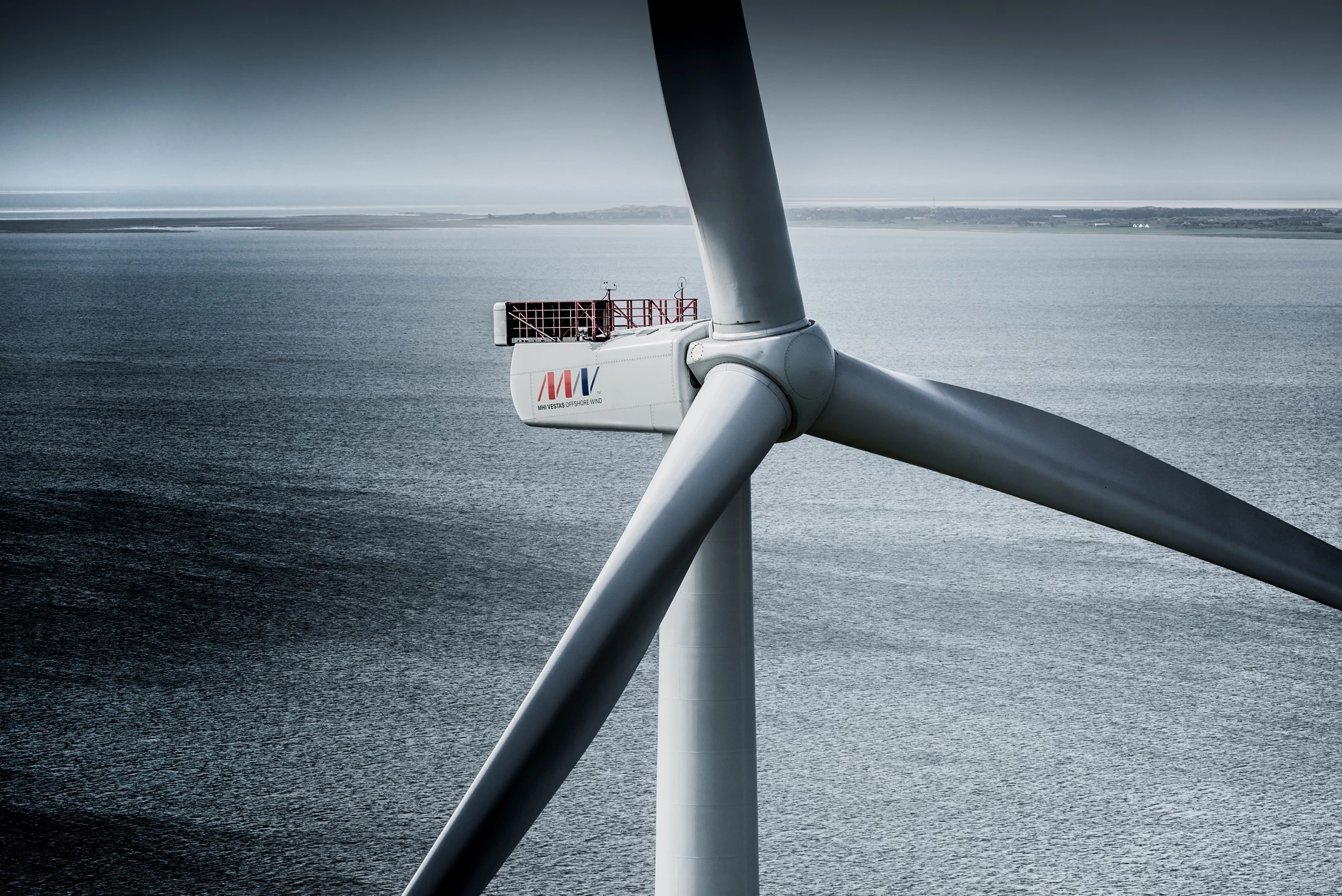
Partner Article
Triton Knoll Offshore Wind Farm prioritises Marine Mammal Safety
Monitoring and managing the safety of marine mammals is being given a top priority at the 857MW Triton Knoll Offshore Wind Farm, as the 90 turbine project constructs state-of-the-art infrastructure 20 miles off the Lincolnshire coast.
While Triton Knoll has already been assessed as having low potential for marine mammal presence, East Anglia based Seiche Environmental has been appointed to implement important mitigation measures at the offshore site.
Specialising in underwater acoustic measurement, monitoring, and mitigation measures, the team from Seiche has been brought on board to ensure that the impact of underwater noise from construction activities - linked to the installation of 90 monopile foundations for the world’s most powerful wind turbines, and two high-tech offshore substation platforms - has minimal impact on any local cetaceans and seals.
Seiche’s marine mammal mitigation team - based on-board the 183 metre long installation vessel Seaway Strashnov - uses specialist Passive Acoustic Measurement (PAM) equipment to identify if any marine mammals are present under water. Under the direction of their team, an Acoustic Deterrent Device (Lofitech’s Seal Scarer) is used to help keep any marine mammals that may be present, beyond the 500 metre radius protection zone - established before live piling operations.
Combined with visual monitoring during daylight hours, Seiche’s team of observers and PAM operators ensure that the Marine Mammal Mitigation Protocol, which follows the government’s Joint Nature Conservation Committee’s guidance protocol, is adhered to at all times.
In addition to the marine mammal mitigation services, Seiche is also recording and reporting on noise output during the installation of the initial piles, so that predictions - used to assess the potential impact on marine fauna – can be validated.
Commenting on the project, Nicola Harris - Associate Director Environmental Services for Seiche, said: “Understanding and minimising the impact of offshore construction on marine mammals is a vital part of modern offshore wind farm development. Pile driving activities are governed by strict marine mitigation procedures, and we are proud to be providing the crucial expertise to ensure that the noise from these works is managed in a way that is not damaging to the like of grey seal, harbour porpoise and harbour seal, as well as other species less common in the North Sea, including white-beaked dolphin and minke whale.
“Utilising noise monitoring methodology developed by Seiche’s BioSciences and Acoustic Technical specialists, we have implemented mitigation measures that are in accordance with best practice underwater noise guidance and standards whilst better understanding the effect of offshore developments on the marine environment.”
The project covers the Triton Knoll turbine array, which is spread over 145 square kilometres, an area bigger than the City of Manchester. Jointly owned by innogy, J-Power and Kansai Electric Power, innogy is responsible for managing the wind farm’s construction, long-term operation and maintenance works, on behalf of its project partners. Once fully operational, Triton Knoll will be the most powerful in the innogy fleet and capable of powering the equivalent of over 800,000 UK homes.
This was posted in Bdaily's Members' News section by Lizzie Bailey .








 How to make your growth strategy deliver in 2026
How to make your growth strategy deliver in 2026
 Powering a new wave of regional screen indies
Powering a new wave of regional screen indies
 A new year and a new outlook for property scene
A new year and a new outlook for property scene
 Zero per cent - but maximum brand exposure
Zero per cent - but maximum brand exposure
 We don’t talk about money stress enough
We don’t talk about money stress enough
 A year of resilience, growth and collaboration
A year of resilience, growth and collaboration
 Apprenticeships: Lower standards risk safety
Apprenticeships: Lower standards risk safety
 Keeping it reel: Creating video in an authenticity era
Keeping it reel: Creating video in an authenticity era
 Budget: Creating a more vibrant market economy
Budget: Creating a more vibrant market economy
 Celebrating excellence and community support
Celebrating excellence and community support
 The value of nurturing homegrown innovation
The value of nurturing homegrown innovation
 A dynamic, fair and innovative economy
A dynamic, fair and innovative economy